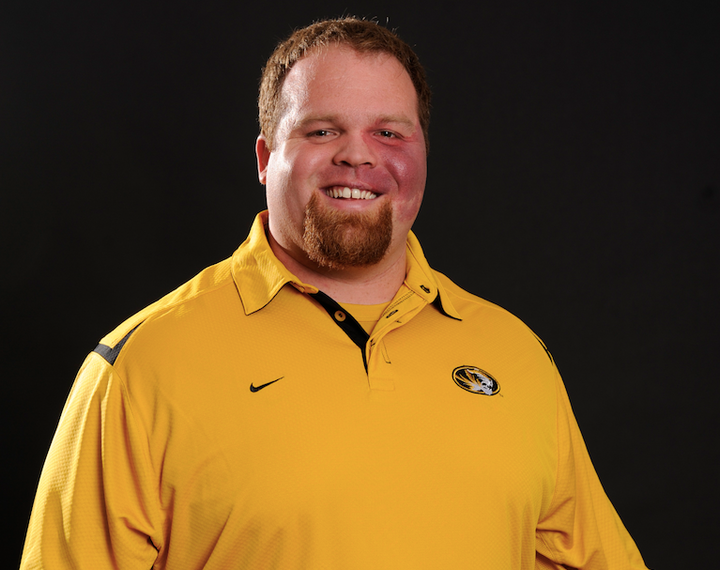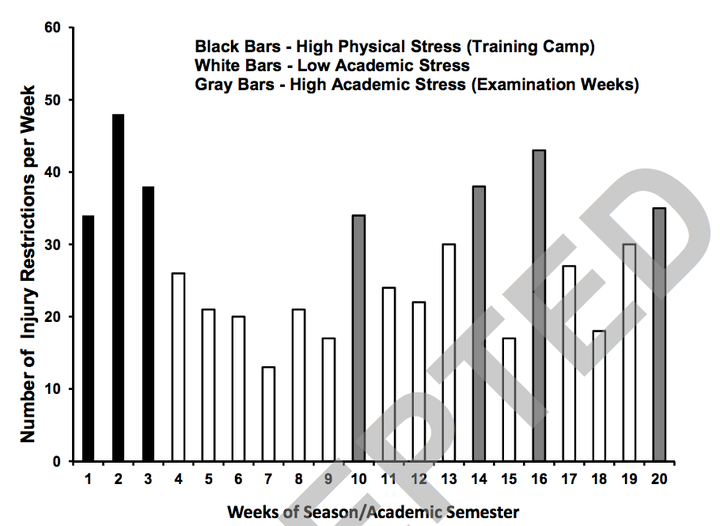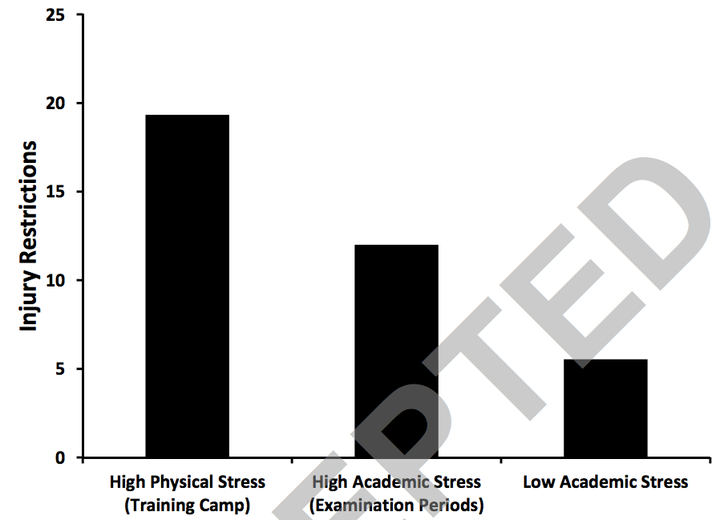
When a rash of injuries overwhelmed the University of Missouri football team a few years back, J. Bryan Mann wanted to figure out why.
An assistant director of strength and conditioning at the school, Mann, who is now also an assistant professor of physical therapy, started running frequency analyses to determine if there was some link between injuries and things like power production, body composition and strength. But as many things as he tried, nothing seemed to explain what was going on.
"We ran everything we could possibly think of," he told The Huffington Post over the phone on Thursday. "We found nothing."
Then one day, an idea popped up in Mann's head: Why not see if there is a correlation between injuries and the date on which they occur? He ran the data and immediately thought, "Wow, this is something."

Mann had found the Division I football players he looked at during the 2011 season were much more likely to experience injury restrictions at certain points in the school year. One such area time periods during training camp, but that made enough sense. After all, athletes famously push their bodies to the brink during camp.
Instead, what really caught Mann's attention was that the football players also were experiencing a higher number of injuries during another type of stressful period too -- one that didn't have anything to do with the football field. Something about the stress they experienced during examination weeks was leading to injuries.

Mann took what he found to Brick Johnstone, a professor or health psychology at the school, who felt he knew exactly what was going on. The issue was one of psychoneuroimmunology, or the way that a human's psychology interacts with his or her immune system. The two worked together, along with a number of other professors, and the result is "The effect of physical and academic stress on illness and injury in division 1 college football players," a paper that has been published online by the Journal of Strength and Conditioning Research.
After pouring through the data, the researchers found that players were more than three times as likely to have an injury restriction during periods of high academic stress -- i.e. midterm and finals season -- than they were during periods of low academic stress. And among those who played regularly, academic stress was "just as important" as physical stress when it came to injury restrictions.
“Stress is a syndrome, and all stress affects the body the same way, although not to the same intensity," Mann said. "So it doesn’t matter if the stress is coming from practice, from strength training, from conditioning, from academics, from relationships, from monetary [issues], from any of those means. It's going to affect the body in the same way. And we’ve only got so much resistance that we can give before something starts to break.”

Researchers have long studied the link between stress and illness, and although inroads have been made, the relationship remains difficult to definitively pin down. Nevertheless, a number of schools have made it a priority to reduce the stress levels of student-athletes in recent years.
The Pac-12 Conference, in particular, is working diligently to promote the wellness of their athletes. An internal survey of Pac-12 athletes made public earlier this year found that while the vast majority were satisfied with the their college experience, "Sleep is the number one thing their athletic time commitments prevent them from doing, ultimately hindering their athletic and academic performance,” the report stated.
It's just one study, but Mann is hopeful his findings can benefit programs all over the country. “We can’t account for when somebody’s significant other breaks up with them. We can’t account for financial problems that the athlete’s family has," Mann said. "But you know what we can account for? Whenever there’s going to be a test."
As such, Mann suggests coaches take it a little easier around testing season. "They cannot say, ‘Campus you are not having tests. That’s absolutely ridiculous," he said. "But what they can say is, ‘Look, instead of two hours of practice maybe we go an hour and a half, an hour and forty five. Maybe we pick some drills that work more on the technical and tactical side rather than the physical side of sport preparation for the week. It’s just small changes like that."
In essence, if coaches of student-athletes can think of their student-athletes as equal parts student and athlete, it appears they'll be coaching a healthier team. That helps the kids, of course, but the coaches should remember it also helps the team.
Also on HuffPost:

